Enquire Form
5 Important Factors Affecting Clear Aligner Performance
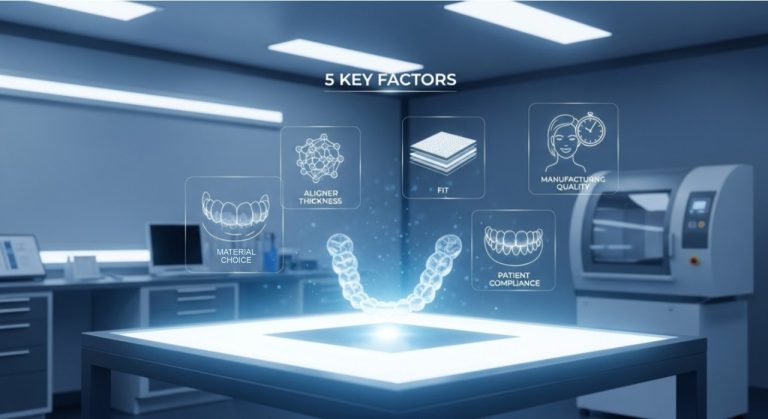
Clear Aligner Therapy (CAT) has transformed orthodontics, shifting treatments from traditional fixed appliances to innovative, digitally driven strategies. It is also important to keep in mind that despite the benefits of being removable, aesthetic, and comfortable, the overall treatment outcome of clear aligner treatment is variable and many times falls short of digital predictions made before starting the treatment.1 In order to increase predictability and efficiency of clear aligner treatment, dentists need to evaluate and control these 5 important factors affecting clear aligner performance: material choice, aligner thickness, fit, patient compliance, and manufacturing quality.2 Let’s discuss each of these factors and learn how to optimize them to create predictable and successful treatment outcomes.
5 Important Factors Affecting Clear Aligner Performance:
1. Material Choice:
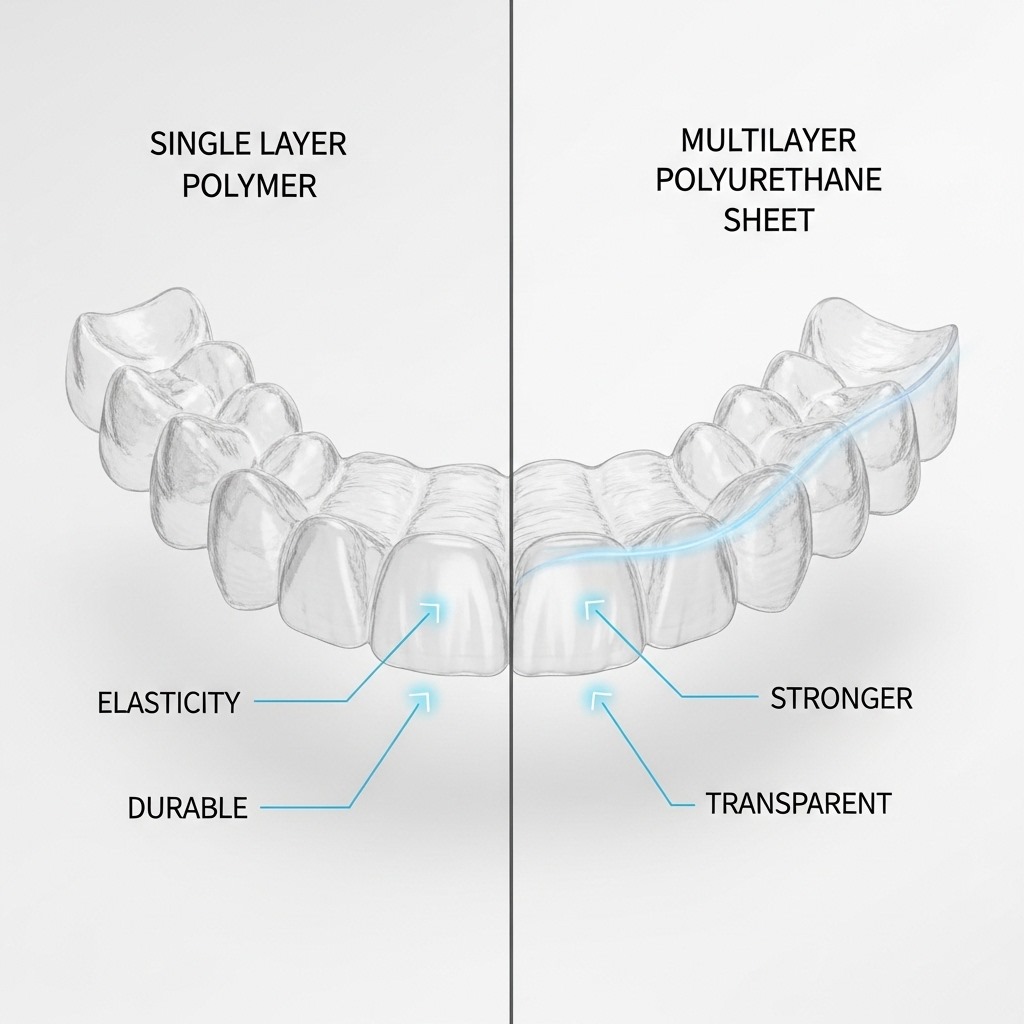
The type of material used in clear aligners is one of the biggest determinants of their clinical performance. Aligner polymers are viscoelastic, meaning their ability to deliver forces changes over time, with stress relaxation causing a rapid drop in force within the first few hours of wear. This makes the mechanical profile of the material, including its elasticity, stiffness, toughness, and resistance to deformation, critical for predictable tooth movement. Single-layered polymers, which were used earlier, showed poor durability and inconsistent force delivery, leading to the development of advanced materials such as multilayered polyurethane blends, which provide more constant forces and improved adaptability. Also, beyond mechanics, aligner materials must resist thermal and chemical changes in the oral environment. It should remain transparent, stain-resistant for aesthetics, and be biocompatible for safe long-term use. An ideal material balances these features to deliver controlled, sustained forces while maintaining patient comfort and compliance.3
2. Aligner Thickness:
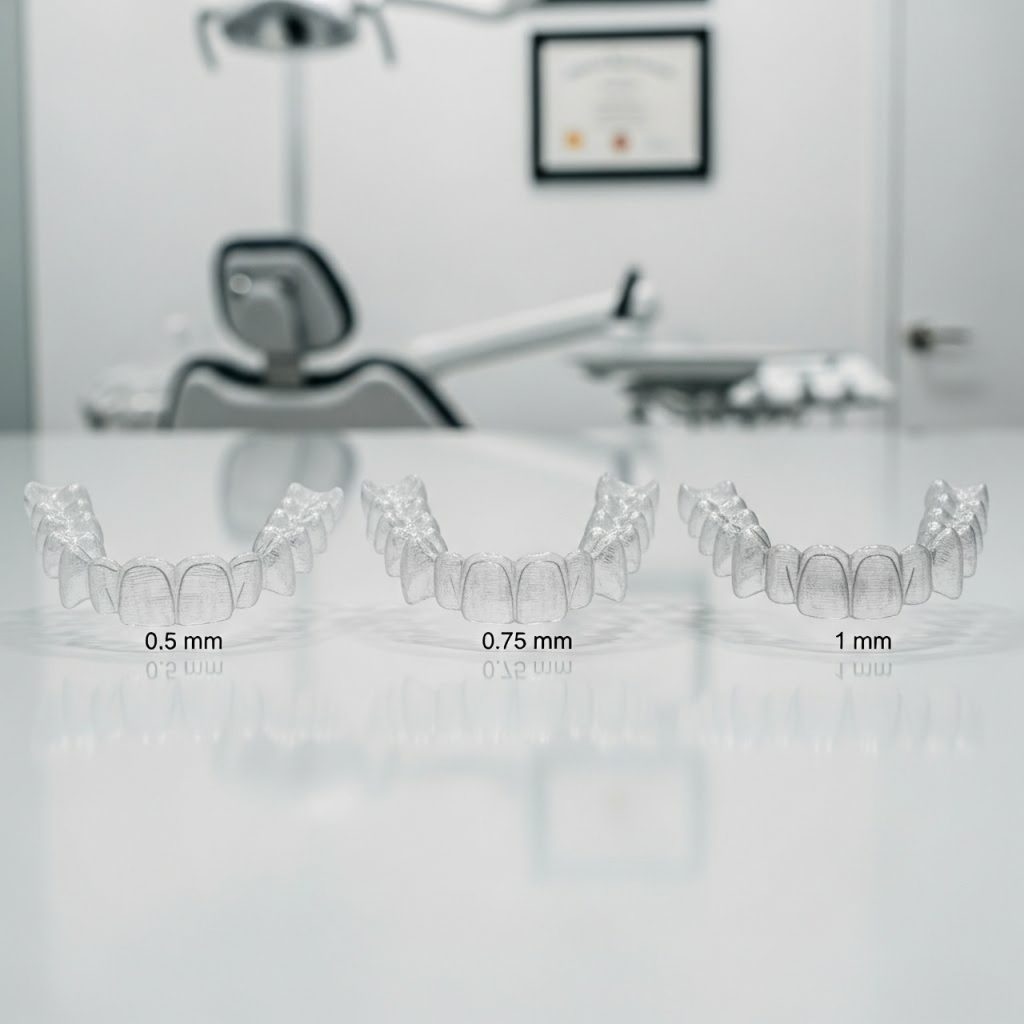
Aligner thickness plays a critical role in determining the forces delivered, their distribution, and the overall retention of the appliance.
Thicker aligners tend to generate greater active, passive, and absolute forces compared to thinner ones. They also provide enhanced retention due to higher passive forces. The stiffness of the aligners and force-deformation behaviour differ with thickness. This, in turn, influences the type of tooth movement achieved. Also, thicker aligners produce higher net active forces between the incisal and middle thirds, which is clinically significant for promoting bodily movement and reducing the risk of undesirable tipping.
Aligners of around 0.75 mm thickness are usually recommended for clinical effectiveness. This thickness provides stronger, more reliable force delivery, while also providing better retention on the teeth. It also offers improved control – especially when you are trying to achieve those challenging bodily tooth movements that require more precise force application.4
3. Fit:
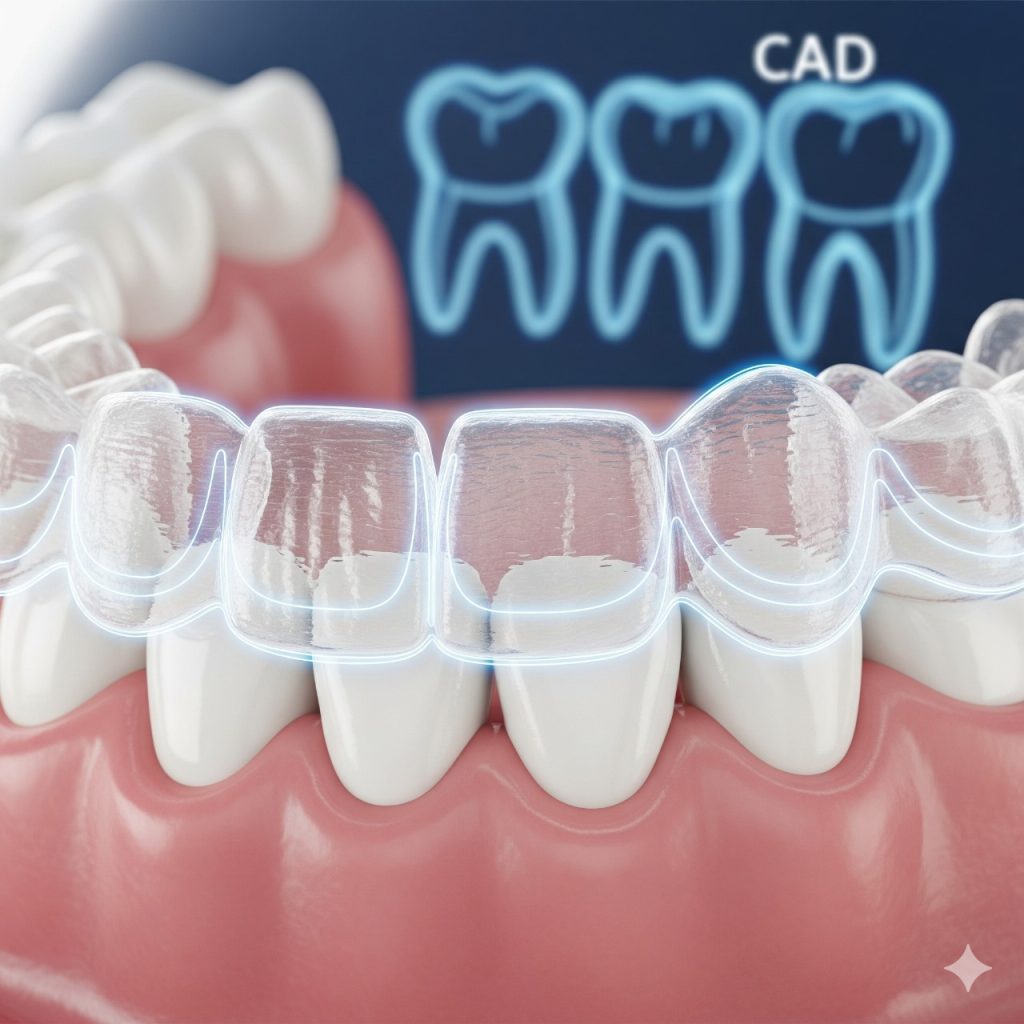
Getting the fit right is absolutely critical for aligner success. The trays need to hug both the teeth and gum margins perfectly. When you have a poor fit with visible gaps, the force delivery becomes compromised, and suddenly, you will find yourself dealing with unwanted tooth movements that can derail the entire treatment plan.
Poor fit doesn’t just hamper the treatment outcome; it can actually damage the aligners themselves, creating a cycle where the appliance becomes even less effective. Several factors play into achieving that perfect fit: the patient’s individual tooth anatomy, the fabrication process, the thermoforming temperature, and how carefully the aligners are removed from the models.
The key to getting optimal fit really comes down to finding a careful balance with thermoforming parameters, choosing the right materials, maintaining strict quality control at the manufacturing level, and making sure there’s gentle handling throughout the entire production process. 5
4. Patient Compliance:
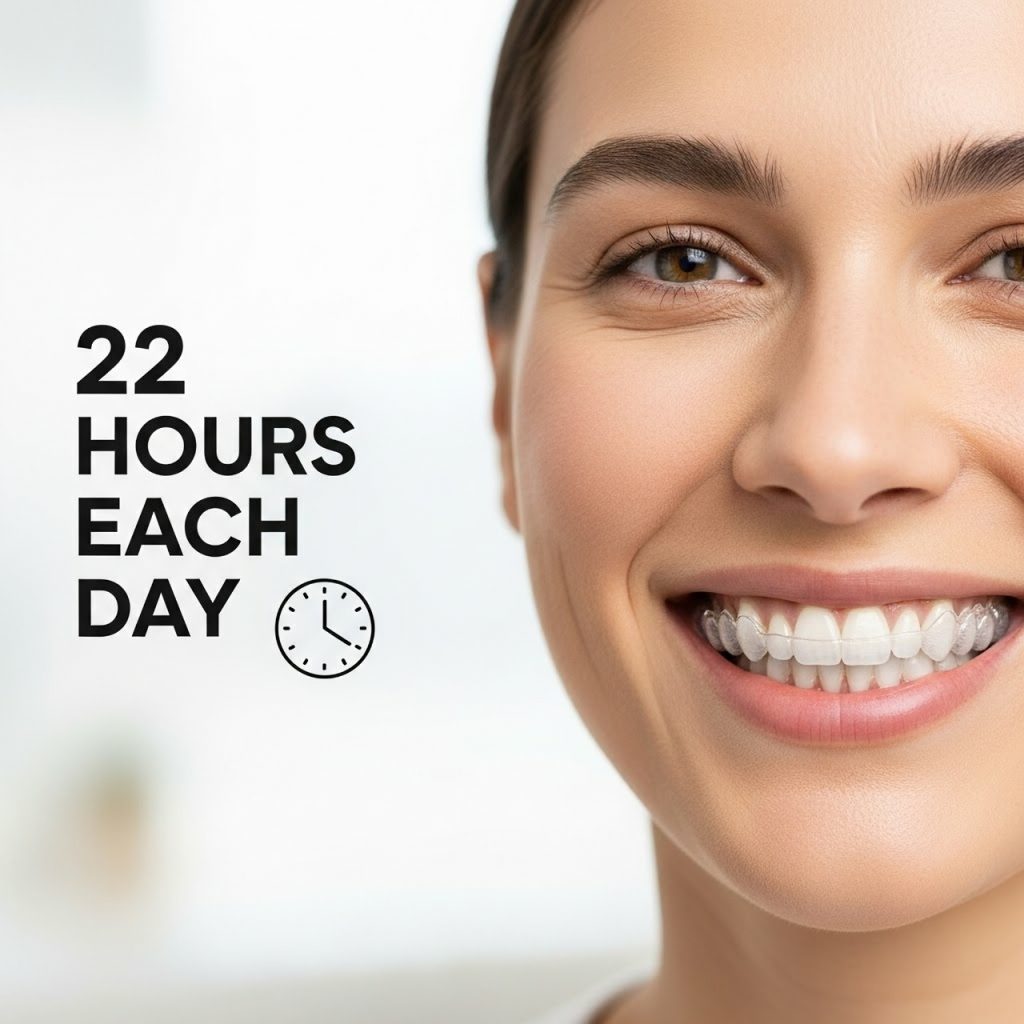
Compliance with wear time is the most important “patient-side” factor that affects clear aligner outcomes. Clear Aligners must be worn for 22 hours each day. This almost-permanent wear schedule is demanding, easily affected by multiple factors. Though it shows no significant improvement in compliance among adults, motivational text messages can still be used. Mostly, adult patients are already strongly motivated by the desire for aesthetic improvement. More effective strategies to support and promote patient compliance include providing clear initial instructions, maintaining ongoing communication with patients (especially with younger individuals who may need greater encouragement), and leveraging digital tools such as app-based platforms, which have demonstrated benefits in adolescents. Visual aids like virtual diagnostic setups can help manage expectations and reinforce progress. Above everything else, intrinsic motivation, driven by appliance comfort, aesthetics, and the quality-of-life benefits of a better smile, remains a key factor in ensuring compliance.6
5. Manufacturing Quality:
The success of Clear Aligner Therapy really depends on more than just good treatment planning and whether patients wear their aligners. What we often don’t talk about enough is how much the manufacturing quality matters. The material we choose for the aligners and how precisely they are thermoformed in the lab have a huge impact on everything that follows – how well they fit in the patient’s mouth, how accurately they deliver the planned forces, and whether the expected tooth movement takes place.
Variations in material properties, aligner geometries, and attachment design can be the difference between planned and achieved outcomes. Advances such as variable modulus aligners, which use different material strengths for specific tooth movements, have shown how material science and precise fabrication can elevate treatment results. For clinicians, this underscores the importance of selecting high-quality aligner sheets and reliable thermoforming technology, as superior inputs at the manufacturing stage translate into more consistent, efficient, and effective clinical outcomes.1
Conclusion:
Clear aligner therapy, when approached with critical rigour and clinical insight, can achieve functional and esthetic goals equal to many fixed appliance approaches. However, success depends on the dental professional’s mastery of aligner science, not just aesthetic preference or patient demand. By applying these research-backed practices to material selection, staging, fit assessment, compliance monitoring, and quality control, clinicians improve outcomes, reduce refinement rates, and build both patient trust and professional confidence.
At Taglus, we support this commitment to excellence by providing premium-quality aligner sheets and advanced thermoforming machines that help clinicians and labs manufacture precise, predictable, and patient-friendly aligners. With the right materials and technology at hand, you can get planned outcomes while offering a comfortable treatment experience to patients.
To learn more about Taglus products or to discuss how our solutions can strengthen your aligner workflow, reach out to us today.
References:
1 – Bichu YM, Weir T, Zou B, Adel S, Vaid NR. Clear Aligner Therapy Concerns: Addressing Discrepancies Between Digitally Anticipated Outcomes and Clinical Ground Realities. Turkish Journal of Orthodontics. Published online July 1, 2024:130-139. doi:https://doi.org/10.4274/turkjorthod.2024.2024.4
2 – Katib HS, Hakami AM, Albalawei M, et al. Stability and Success of Clear Aligners in Orthodontics: A Narrative Review. Cureus. 2024;16(1):e52038. Published 2024 Jan 10. doi:10.7759/cureus.52038
3 – Bichu YM, Alwafi A, Liu X, et al. Advances in orthodontic clear aligner materials. Bioact Mater. 2022;22:384-403. Published 2022 Oct 20. doi:10.1016/j.bioactmat.2022.10.006
4 – Elshazly TM, Christoph Bourauel, Ismail A, et al. Effect of material composition and thickness of orthodontic aligners on the transmission and distribution of forces: an in vitro study. Clinical oral investigations. 2024;28(5). doi:https://doi.org/10.1007/s00784-024-05662-x
5 – Ammann R, Tanner C, Schulz G, et al. Three-dimensional analysis of aligner gaps and thickness distributions, using hard x-ray tomography with micrometer resolution. J Med Imaging (Bellingham). 2022;9(3):031509. doi:10.1117/1.JMI.9.3.031509
6 – Perillo L, Fabrizia d’Apuzzo, Gregorio F, et al. Factors Affecting Patient Compliance during Orthodontic Treatment with Aligners: Motivational Protocol and Psychological Well-Being. Turkish Journal of Orthodontics. 2023;36(2):87-93. doi:https://doi.org/10.4274/turkjorthod.2022.2021.0255
Know More About Us
SignUp To Our Newsletter And Get To Know More About Taglus
Copyrights@taglus-2025
*Taglus is a trademark of Vedia Solutions




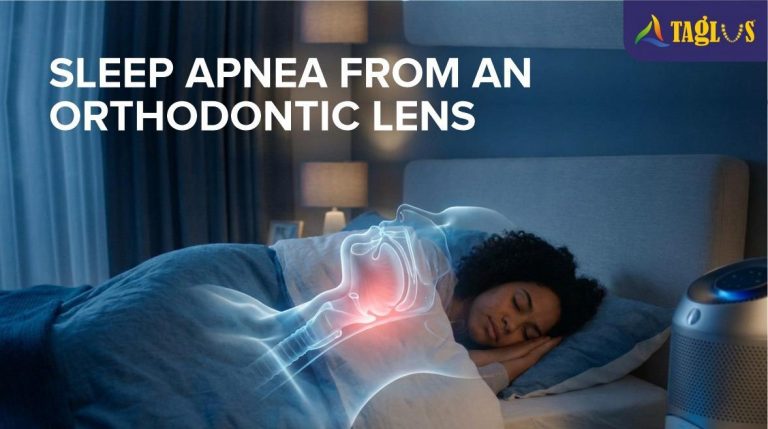
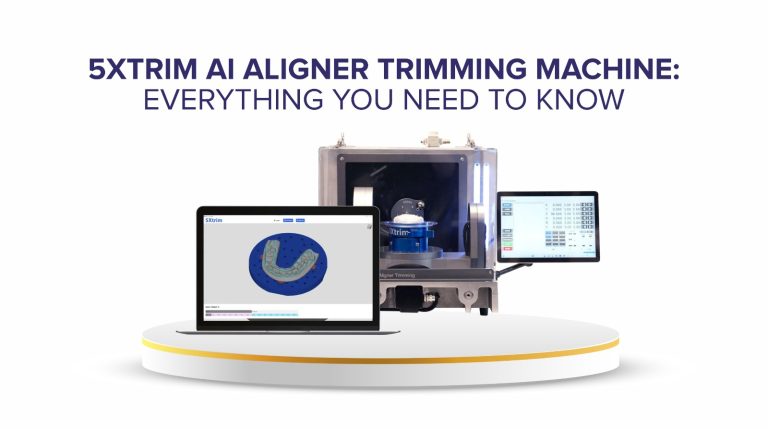




Leave a Reply